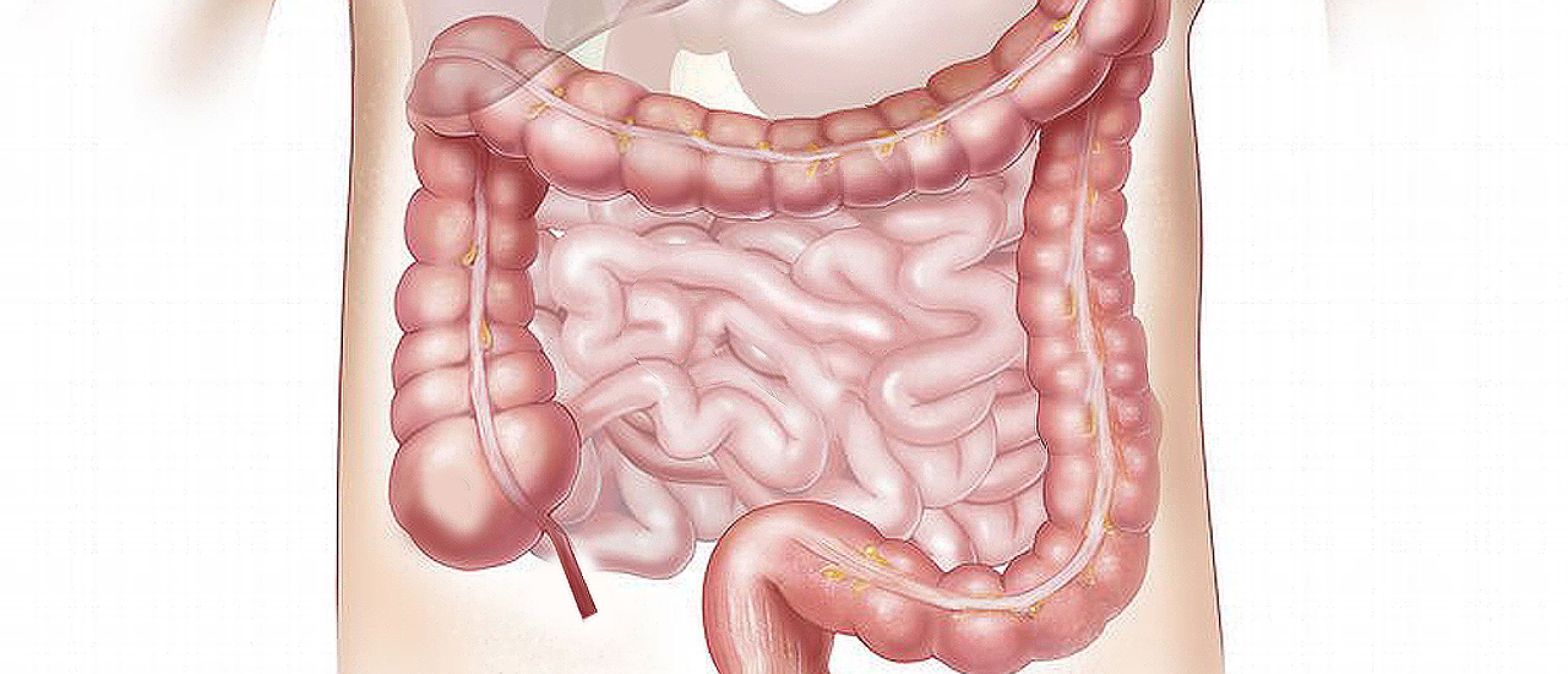
While stress is often portrayed as something harmful — even a reason for sick leave — the reality is more nuanced. The truth is that stress is normal. Most people experience stress regularly and still function well. In fact, stress can be a powerful ally. It sharpens your focus, gives you energy, and prepares your body and mind to solve problems.
This article explores how stress evolved as a protective biological mechanism — from simple bacteria to modern humans — and explains why it’s usually helpful rather than harmful. Understanding that stress is normal can help shift your perspective and reduce anxiety about feeling stressed.
Stress Is a Natural Defense Mechanism
At its core, stress is designed to protect us from harm. When we face a challenge, the body triggers a series of biological reactions that help us take action. Whether you’re dealing with a tense conversation or an urgent work problem, stress pushes you to respond — and usually, to adapt.
This survival function explains why stress systems exist across the entire animal kingdom. From bacteria to humans, organisms rely on stress responses to cope with danger, disruption, or change. In fact, some anti-stress molecules found in bacteria also exist in humans — a remarkable sign of evolutionary conservation.
Stress is not something rare or abnormal. It’s a normal and essential part of life.
From Cells to Systems: How Stress Evolved
One of the oldest biological responses to stress involves heat shock proteins. These specialized proteins are produced in cells exposed to sudden stress — such as a spike in temperature. Their job is to repair or remove damaged proteins, helping the cell return to balance.
These proteins are found in nearly all living organisms. From bacteria to plants to mammals, they play a crucial role in maintaining cellular health during stress. This shows how deeply embedded the stress response is in life on Earth.
As evolution advanced, more complex organisms like vertebrates (including humans) developed additional stress systems.
The Two Main Stress Systems in Humans
In vertebrate animals and humans, two main stress systems evolved:
1. The Fast Stress Response (Sympathetic Nervous System)
This rapid-response system begins in the hypothalamus and sends neural signals to the adrenal medulla, which within seconds releases adrenaline (epinephrine). This hormone increases heart rate, blood pressure, and breathing — preparing the body for "fight-or-flight."
2. The Slow Stress Response (HPA Axis)
This hormonal pathway starts in the hypothalamus as well, which releases CRF to the pituitary gland, triggering secretion of ACTH. ACTH travels to the adrenal cortex, where it stimulates on a minutes time scale the release of cortisol — a hormone that reallocates energy to help deal with longer-term challenges.
These systems are deeply conserved across species and form the foundation of our stress biology.
Stress Is Normal — But Not Everyone Reacts the Same
Despite having the same biological systems, not everyone experiences stress in the same way. Some people are highly reactive to minor challenges, while others stay calm in the face of major stressors.
This variability is due to:
- Genetics — inherited traits can affect stress sensitivity.
- Development — age and life stage influence stress responses.
- Experience — repeated exposure to stress can strengthen resilience or increase vulnerability.
Even animals have distinct personalities and stress thresholds. Among humans, these differences shape how much adrenaline or cortisol is released, and how likely someone is to develop stress-related conditions.
For example, people who deal with stress actively tend to rely more on the fast stress system (adrenaline), which — while useful — may increase risk for cardiovascular problems over time.
Why the Stress Response Has Stood the Test of Time
So, if stress is normal, why does it sometimes feel so overwhelming?
It’s important to remember: the stress response is not the problem. It’s a physiological condition — one that helped our ancestors survive physical danger and, like us, emotional difficulties. Today, most stressors are psychosocial — like work pressure or relationship conflict. But the biological systems remain the same.
That said, the human brain has evolved far beyond that of fish or reptiles. Our advanced cortex gives us powerful reasoning skills — including the ability to reframe challenges, use mindfulness, and regulate stress consciously.
Stress becomes problematic only when it is chronic — when it doesn’t go away and wears the body down. That’s when stress can contribute to illness and needs to be managed or prevented.
Stress Is Normal — and Useful
Stress is not your enemy. It’s a normal, healthy condition that helps you adapt, grow, and meet challenges. It exists across species because it works. Never change a winning team! Most of the time, stress helps you — not harms you.
Problems arise only when stress becomes chronic. If that happens, it’s not only about turning off your stress response — it’s also about learning how to manage the upstream factors that activate it.
At Stressinsight, we help you understand the full picture — combining biology, psychology and work-related management, and provide you with practical tools to help dealing with stress effectively.
Learn more about our community and course and take the first step toward mastering stress — instead of fearing it.











